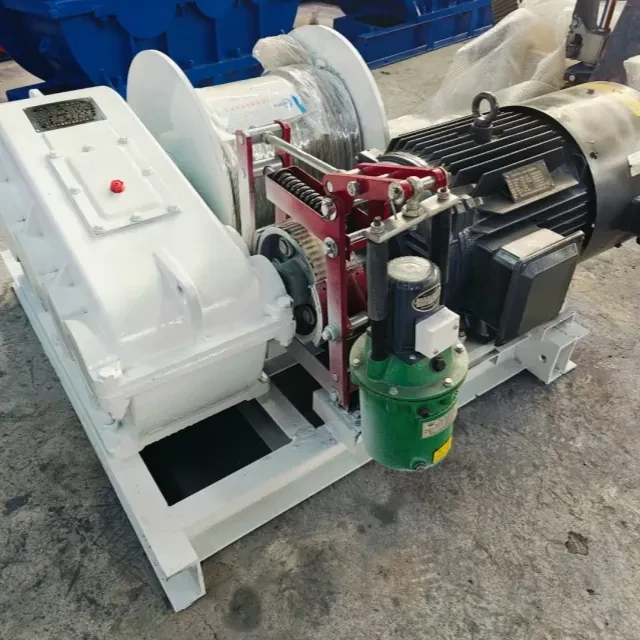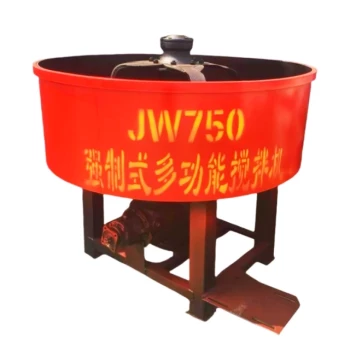When selecting winches for heavy lifting, speed often takes a backseat to precision—and for good reason. Slow-speed winches deliver unmatched control, safety, and long-term cost savings, especially in mission-critical applications like offshore rigging or theatrical stage setups. This article breaks down the engineering advantages, industry-specific benefits, and total cost of ownership that justify their premium pricing.
Engineering Advantages of Slow-Speed Winches
Torque Dynamics and Load Stability
Slow-speed winches leverage gear ratios to trade velocity for controlled force. For example, a 1:10 gear ratio means 10 crank rotations produce just 1 drum rotation, multiplying torque while minimizing load sway. This is critical when handling delicate or unbalanced loads—imagine lifting a 10-ton generator onto an offshore platform without risking dangerous pendulum motions.
Ever wondered why construction cranes move so deliberately? Sudden acceleration can destabilize loads, but slow-speed systems mitigate this through:
- Gradual force application: Reduces shock loads on cables and structures.
- Predictable movement: Enables millimeter-perfect positioning.
Dynamic Braking Systems in Speed Regulation
Advanced winches integrate braking systems that activate during deceleration, preventing runaway loads. In theater rigging, where a misaligned stage piece could endanger performers, this precision is non-negotiable.
Industry-Specific Demand Drivers
Offshore Crane Operations: Avoiding Catastrophic Load Swings
Offshore environments magnify risks. A fast winch might save minutes in lifting a subsea module, but a single load swing could:
- Damage equipment worth millions.
- Trigger safety shutdowns costing $500k/day in downtime.
Slow-speed models, like those used in Garlway’s offshore winches, prioritize stability over haste, aligning with API and DNV safety standards.
Theater Stage Machinery: Precision Over Haste
Broadway productions rely on winches to move scenery silently and accurately. A 0.5-second delay in response time matters less than avoiding a 1cm misalignment that could jam mechanisms or collide with actors.
Total Cost of Ownership Analysis
Reduced Wear from Gradual Acceleration
Fast winches stress components through:
- Cable fatigue: Rapid starts/spreads fray wires.
-
Gearbox overheating: High RPMs increase friction.
Slow-speed designs extend service intervals by up to 40%, per industrial maintenance reports.
Safety Incident Prevention Metrics
A single dropped load can cost $250k in damages and insurance hikes. Slow-speed winches reduce such incidents by:
- Lowering human error: Operators have more reaction time.
- Minimizing "snatch loads": Gradual starts prevent cable overloads.
Conclusion: When Slow and Steady Wins the ROI Race
Slow-speed winches aren’t just tools—they’re risk mitigation systems. For industries where safety and precision trump speed, their higher upfront cost pays dividends in reliability, compliance, and operational continuity.
Actionable Insight:
Evaluate your lift scenarios. If "getting it right" matters more than "getting it fast," explore Garlway’s precision winch solutions designed for controlled, heavy-duty performance.
Related Products
- Ready Mixer Machine for Construction Ready Mix Machinery
- Small Electric Winch 120V and 240V for Compact Applications
- Electric and Hydraulic Winch for Heavy Duty Applications
- Warn Winch Windlass Boat Trailer Winch
- Portable Small Trailer Winch
Related Articles
- How to Build an OSHA-Compliant Safety System for Concrete Mixer Workspaces
- How to Choose Concrete Mixers for Long-Term Reliability and Cost Savings
- How to Conduct OSHA-Compliant Concrete Mixer Inspections: A Safety-First Checklist
- How Ignoring Concrete Mixer Manuals Endangers Workers and Invites Legal Consequences
- Optimizing Concrete Mixer Safety: How Proactive Tire and Suspension Maintenance Prevents Catastrophic Failures




















